Tech News
The Latest MacOS Update and Apple Silicon Transition: Implications for Mac Users
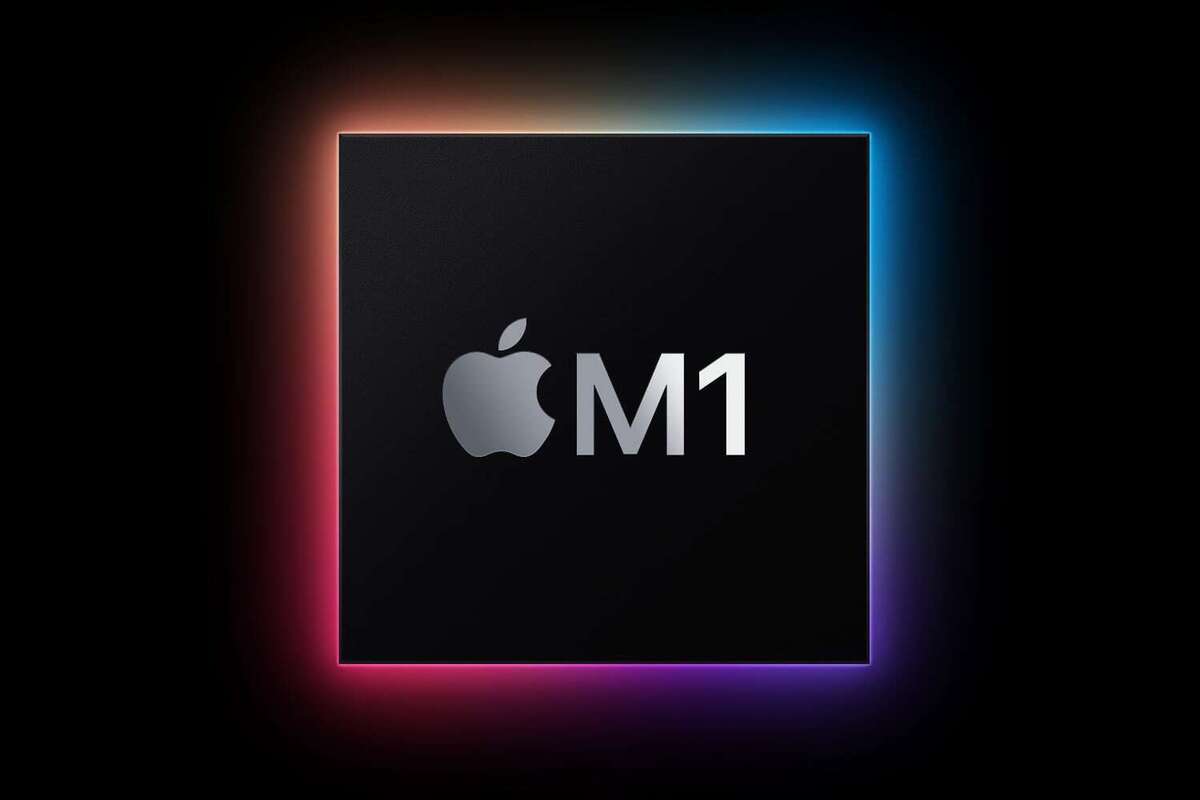
In a June 22, 2020 press release, Apple announced the Mac transition to Apple Silicon. In the same press release, the tech giant also introduced the macOS Big Sur. Apple called it “the next major release of macOS, which delivers its biggest update in more than a decade, and includes technologies that will ensure a smooth and seamless transition to Apple Silicon.” But what does this switch mean for Mac users?
In this article, we answer the above question. The article will begin by providing a summary of the history of the Mac and processors, and the reasons why Apple decided to make their own chips and run macOS on those chips. We briefly introduce the latest macOS update, how it is performing, and its impact on the Apple ecosystem.
We will then identify some of the challenges faced by Mac users following the update, and how these users can mitigate some of these challenges using some products available in the market. Our focus is mainly on the Mac booting problems, the software incompatibility issues, lack of NTFS (NT file system) writing capability, and other issues faced by Mac users after switching to the latest macOS update.
The History of the Mac and Processors
When the first Apple computer (the Apple Macintosh) hit the market in 1984, it ran on a Motorola 68000 central processing unit (CPU). Apple computers would continue to use the different versions of the Motorola 68000, with increased speeds and efficiency over the years.
The last Mac to use these CPUs was the PowerBook 190 in 1995. From 1995 to 2005, Apple went with PowerPC processors, developed in collaboration between Apple, IBM, and Motorola.
Apple Moves to Intel Processors

On June 6, 2005, at the Worldwide Developers Conference (WWDC), Steve Jobs, the then Apple CEO, announced Apple’s transition away from using PowerPC microprocessors.
In his keynote address at the 2005 conference, Jobs posed a question: “Why are we going to do this?” He provides the answer, “Didn’t we get through going from OS 9 to OS X? Isn’t the business great right now? Why do we want another transition? Because we want to make the best computers for our customers going forward.”
In 2005, Laurianne McLaughlin produced a piece published by the publisher of all things Apple, Macworld.com, attempting to explain why Apple decided to go with Intel and not other providers. McLaughlin says that the reason behind the shift was that “Jobs [had] a clear goal in mind: innovative designs.” She continues, “And such designs require the lowest-voltage chips, which IBM and Freescale were not going to make with the PowerPC chip core, and which AMD has not yet perfected.”
Steve Jobs believed that Intel had the most substantial processor roadmap to help Apple provide its customers with the best personal computers globally. However, Apple’s first proposal to move its Macintosh products to Intel hardware didn’t start in 2005. After Steve Jobs’ withdrawal from the company, Apple took the first step in 1985. Still, the proposal didn’t become a reality until several years later.
Possible Challenges with the Transition
During the transition to Intel, one of Apple’s challenges was the fear of the Osborne effect, a situation where a major announcement could slow sales and lead to consumers deciding to wait for the new product to be released. However, Apple successfully made the switch in 2006. About 15 years down the line since the move to Intel, Apple announced another transition to Apple Silicon.
Apple Decides to Develop Chips to Run macOS
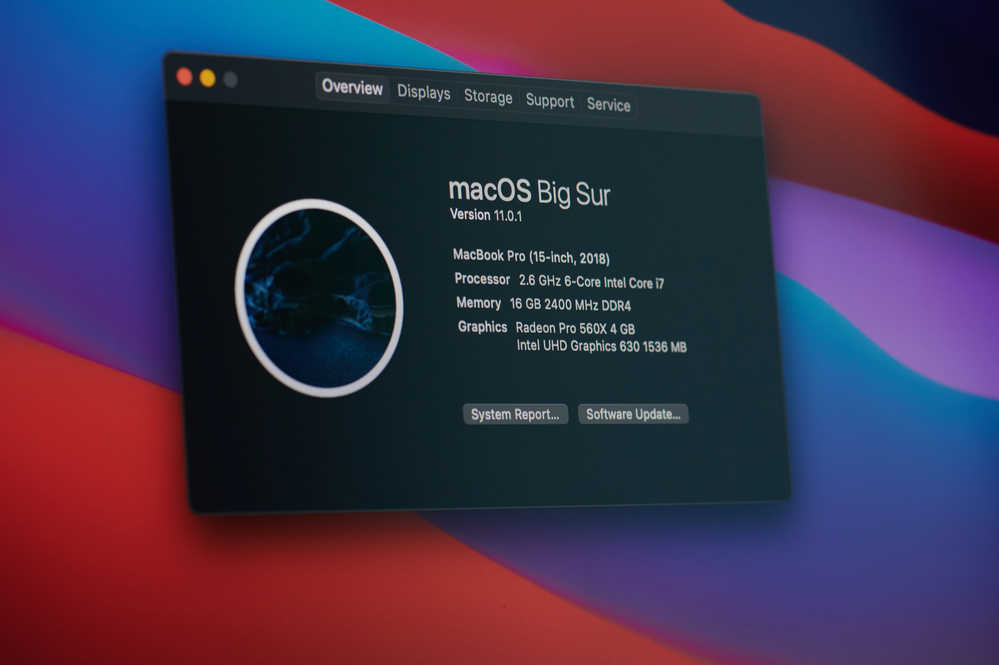
In June 2020, Apple introduced the macOS Big Sur and the official transition to Apple Silicon. Apple’s system-on-chip (SoC), the M1 chip, is designed to make Macs more powerful and efficient. It has several Mac systems combined into one chip.
Tim Cook, Apple’s CEO, is quoted by the BBC saying, “We expect to ship our first Mac with Apple silicon by the end of the year [2020].” When he announced the move to Apple Silicon, Tim said the simple reason for the company’s transition is for Apple to make better products.
The BBC quotes industry analyst Geoff Blaber who notes that “Apple’s motivations for doing this include reducing its dependence on Intel, maximizing its silicon investment, boosting performance and giving itself more flexibility and agility when it comes to future products.”
In an opinion article published by the tech website Pocket-Lint.com, Dan Grabham believes that Intel would not have been able to keep up with speed in the production of next-gen chips, limiting Apple’s device production plans to Intel’s release timelines.
A former Intel engineer claimed that Intel’s issue with the quality control regarding Skylake chips left Apple with no choice but to move the Mac line-up to its own-designed processors. Whether this is true or not, it is clear that the move allows Apple to release updates quickly, and integrate regular technology improvements as required.
Whatever the speculation, Apple’s move from Intel to its own custom chip makes it possible for the company to be in charge of all its platforms, tailoring the hardware to the respective requirements.
What is Apple Silicon?
![]()
The name Apple Silicon does not refer to a specific processor, but the entire company’s custom silicon. With this development, Apple Silicon helps the company focus on performance and vertical integration across platforms, rather than optimizing software to align with another company’s hardware.
While Apple calls its architecture Apple Silicon, it’s essential to note that it is still the same self-developed Ax chips that have been in use for the iPhone and iPad. This means that the processors are based on ARM architecture (architecture developed by Advanced RISC Machines). ARM supplies the instruction set architecture and not the chip design.
The first three Macs running on Apple’s silicon are the Apple Silicon MacBook Pro, MacBook Air, and the Apple Silicon Mac mini.
In comparison to Intel’s performance, the M1 MacBook Air is claimed by Apple to be 3.5x faster than its predecessor, Intel MacBook Air. The company also claims that the M1-based MacBook Pro is 2.8x as fast as its Intel predecessor. In addition to that, the new chip optimizes Apple’s 16-core neural engine, as it is capable of executing about 11 trillion operations per second.
The Latest macOS Update and Implications for Apple Ecosystem
When Apple announced the move to Apple Silicon, it also introduced the macOS Big Sur. But what is this latest update, how is it performing, and what implications does it have for the entire Apple ecosystem?
According to Apple, Big Sur introduces a “beautiful redesign and is packed with new enhancements for key apps, including Safari, Messages, and Maps, as well as new privacy features.” The tech giant boasts that Big Sur has been engineered, down to its core, to take full advantage of all the power of the M1 chip to make the macOS experience even better for the new 13-inch MacBook Pro, MacBook Air, and Mac mini.
An analysis of the latest update shows that it brings some changes to the Apple ecosystem, including the following:
- Introduces a new design that makes navigation easier.
- Improves Safari, making it faster (loads frequently-visited sites an average of 50% faster than Chrome).
- Offers new tools in messages, allowing users to access messages faster and seamlessly working across iPhone, iPad, and Apple Watch.
- Has re-designed maps with a Look Around feature that “provides an immersive 360-degree view of a destination, and new detailed indoor maps help with navigating major airports and shopping centres.”
- Delivers technologies to make app development on the platform easier.
The update is compatible with the following devices:
- MacBook Air, MacBook Pro, and Mac Pro, 2013 and later.
- Mac mini and iMac, 2014 and later.
- MacBook, 2015 and later.
- iMac Pro, 2017 and later.
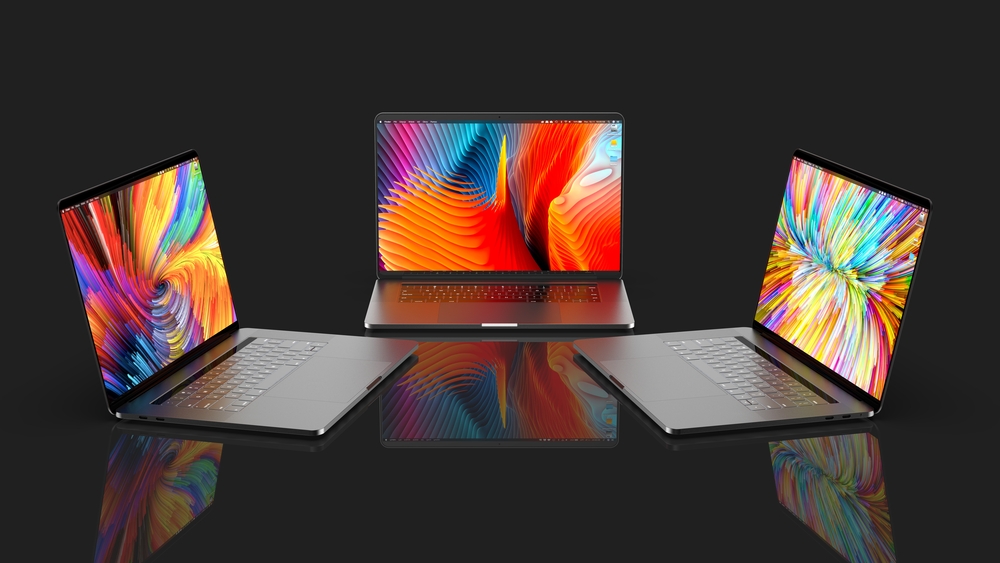
Performance
If we rely on Apple’s word, the performance of the latest macOS update is the incarnation of “incredible capabilities [and] efficiency.” But what do those who have used it think about its performance so far?
Writing for the tech website, TheVerge.com, Monica Chin notes that “Apple really seems to have ironed out the numerous bugs that popped up during the surprisingly rough beta period, and the final release is quite stable without any major problems.” Chin notes that the exception is for those running the late-2013 or mid-2014 MacBook Pro where issues of getting stuck on the black screen have been noted.
In an article produced for AppleInsider.com, Malcom Owen notes that “Initial reports surrounding the release have dealt with bigger issues, such as the troubled launch and the privacy-related scrutiny that followed.” Owen also adds that looking through “Apple Support Communities indicates there are many other smaller issues with Big Sur that need to be addressed.”
What the Switch Means
Apple has built a reputation for high-quality products over the years; however, there are still valid questions about what the switch means for users. It has not been business as usual for some Apple device users since the introduction of Big Sur.
One user on the Apple Developer Forums writes, “After updating the system to Big Sur, my MacBook Pro 13 began to slow down; previously, there were no such problems.” Another user agrees, “Ok guys, going crazy with my new MacBook Pro 13. It’s so extremely slow and lagging, even slower than my old 2013 one. You don’t expect that when buying a new MacBook.”
Let’s look at some specific issues you may need to look out for following the latest update.
Booting Problems After Switching
One of the main issues identified after updating to macOS Big Sur is Mac’s failure to boot. This is not an issue that started with the latest update; it has been happening after several previous updates. In most cases, this is a result of software incompatibility and bugs. While this can be frustrating, especially for new users of Apple devices, there are several ways of dealing with the issue.
Data Recovery Difficulties in T2-equipped Macs and M1 Chip Macs
Another challenge which users face is the difficulties in recovering data from a startup disk protected by T2 chip and M1 chip.
In this case, data recovery becomes impossible because of a hardware component, known as Apple’s T2 security chip, inside the machine (M1 chip contains the same functionality). Ways you can use to recover lost data when your macOS device is corrupted are limited. The best way of ensuring that your data is safe is to backup especially before doing the update.
Software Incompatibility After the macOS Update or Switching to M1 Chip Macs
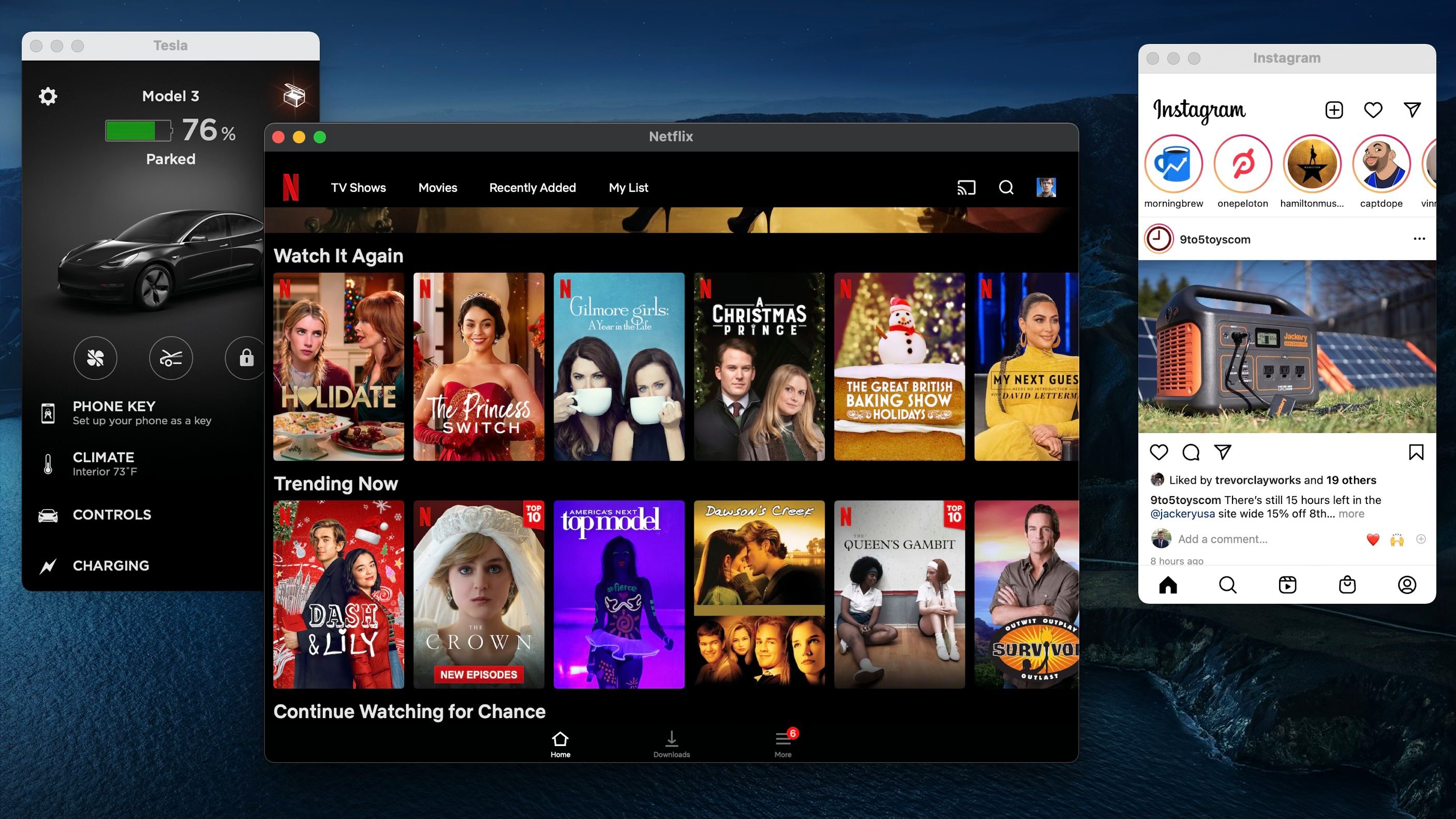
Macworld.com reports that “Apple has gone to great lengths to make sure software works on its new processors.” However, the website identifies instances where users could have challenges after updating to macOS Big Sur and the M1 chips.
Some of the groups that have been experiencing issues include users with apps that have not been updated in a long time, and those using discontinued apps. Added to this are users with older devices, especially those purchased before 2013.
Lack of NTFS Writing Compatibility
Usually, data exchange between Macs and other PCs occurs through a compatible file. Apple’s move to the Apple Silicon has raised questions about NTFS, the file system that Windows uses by default. MacOS is only able to read NTFS drives, but can’t write to them.
Mac computer users, who want to write or read files in various drives formatted using Windows, will still need a system to help them work with these files. Such a system should enable them to do different tasks, including writing, editing, copying, transferring, or deleting the NTFS files from the Mac computers run on macOS supported by Apple Silicon.
Other Issues That May Trouble Mac Users
Several other issues have been noted with macOS updates, including the following:
- MacOS fails to download
- MacOS fails to install
- Constant ‘gateway timed out’ error
- Stuck on ‘Setting Up Your Mac’
- Devices running slowly after the update
- Lower battery life
- Lag when typing and switching desktops
Managing the Transition
Change usually comes with a level of apprehensiveness for some people. A BBC news report by Leo Kelion says Apple’s challenge will be to ensure a smooth transition and convince third-party developers to update their apps accordingly.
While Apple is clear about the future of Mac being its custom ARM silicon, the company has plans to support its Intel Macs for the next few years. CEO, Tim Cook, has assured customers that Apple will “continue to support and release new versions of macOS for Intel-based Macs for years to come.”
Apple has already built tools to ease the transition process, especially for developers. These tools include the latest version of Xcode, Xcode 12, and macOS Big Sur, which will help create cross-compatibility. The company promises that “with everything built into Xcode 12, such as native compilers, editors, and debugging tools, most developers will be able to get their apps running in a matter of days.”
Managing the transition should not be a concern for many, thanks to Apple for being prepared before announcing the move. This is a view supported by some industry commentators like Lory Gil. Gil notes that some apps perform better through Apple’s built-in architecture, Rosetta II, than they do on Intel Macs.
However, to aid a seamless transition and help developers get their apps ready, Apple has made a DTK (Developer Transition Kit) available for developers.
Apple promises developers “exclusive access to a Mac Developer Transition Kit with Apple Silicon, a comprehensive set of resources, and one-on-one technical support.” The company tells the developers, “You’ll have everything you need to get your Universal apps ready before Apple Silicon Macs become available to customers.”
Market Reception
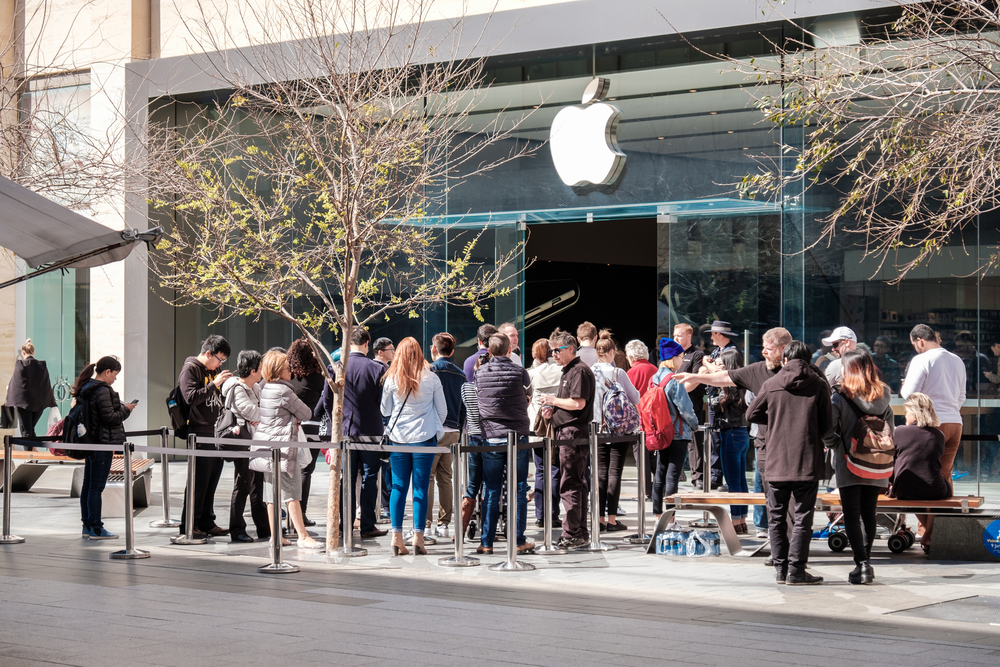
Change is always met with apprehension. As would be expected, since the announcement that Apple will move to Apple Silicon, there have been various concerns from different groups.
Annette Jump, a Senior Director Analyst in Gartner’s Technology and Service Provider research practice, is quoted by the BBC saying, about the Apple Silicon, “And it [Apple] could find it much harder to convince software-makers focused on that sector to start developing their products for the new Macs.”
The BBC reports that Apple has disclosed that Adobe would release a native version of its product. Omni Group (the provider of software for Mac, iPad, and iPhone) would also launch universal versions of its software. This implies that while the market may have concerns, most of which have been addressed by Apple, several companies seem to have plans to develop native versions of their apps to support the new Macs.
Regardless of its concerns, the market is in high expectation for the benefits these new chips offer. Benefits include higher performance, longer battery life, lower heat dissipation, and other such factors.
In helping allay current iOS developers’ fears, the tech website, TechRepublic.com reports that Apple claims that developing, for Apple Silicon, will feel very familiar. And those not operating at the macOS core level will be aided by Universal 2 and other provisional tools. With that, there seems to be no need for developers to worry about the transition.
The market is anticipating what this move means for people using the NT File System on the new chip. Writing for the tech marketing tips website, NogenTech.org, Fawad Malik reports that users will integrate NTFS writing into macOS finder and disk utility using software available in the market.
Source: https://iboysoft.com/news/macos-big-sur-update-and-apple-silicon-transition.html
You may like
-
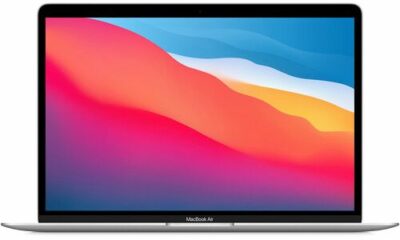

Apple announces new MacBook Airs with its latest M3 chip
-
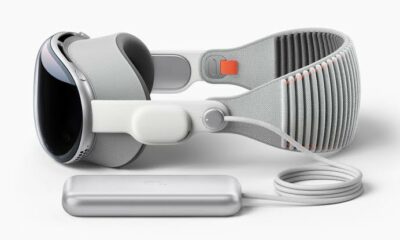

Apple fans are starting to return their Vision Pros / Comfort, headache, and eye strain are among the top reasons people say they’re returning their Vision Pro headsets.
-
Google’s AI Chatbot Gemini Raises Privacy Concerns with Data Retention Strategy

